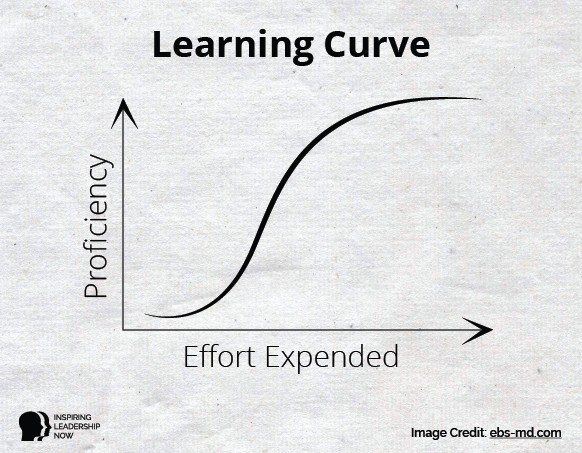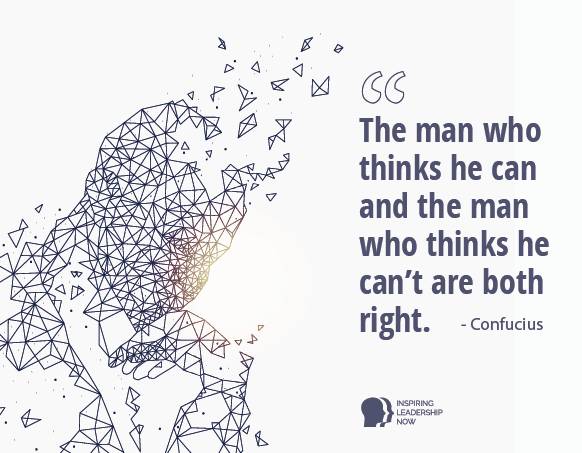Last updated: 5 April 2018

The Tortoise and the Hare is one of Aesop’s greatest fables, and despite first being penned in Ancient Greece, adaptations of the story are still told to children today.
So what makes it so good? In this article, guest author Doug Keller shares the leadership lessons that can be taken from this classic story…
You see, when you break it down, it’s the classic underdog story where the snail-slow tortoise manages to beat the superior hare in a race.
As children, we learn that result of the competition stems from the hare’s excessive self-confidence and laziness, directly contrasted by the tortoise’s grit and determination. But what if that was not the message of the story at all?
What if this story was a simple analogy for motivation that came chalk full of other lessons, namely when and how to start a business?
To get a sense for this idea, let’s take a closer look at the story’s two characters.
The Hare
The hare was the clear favorite.
He was faster than all of the other animals and being pitted against the slowest opponent he could draw would present no problem at all. Everyone knew he would win. He knew he would win, too.
So how does motivation relate to the hare?
The answer to that question comes from understanding what the challenge represents. For the hare, there was nothing to prove. He was already considered the fastest. 22
Beating the tortoise would be no trouble for him at all and would just require unnecessary energy. In the beginning, he might have been motivated to give a good show and leave the tortoise in his dust, but deep down the hare was feeling uninspired.
The Tortoise
Squaring up at the start just beside the hare was the tortoise. Everyone ignored him and who could blame them? He faced a Herculean task that was quite literally impossible. His opponent was the fastest and he was the slowest.
The race seemed to be over even before it started.
But the tortoise was motivated. And capitalizing on this, he set out when the gun went off. As the race began and the hare pulled away, it would have been easy for him to give up.
In fact, seeing his opponent obliterate him right out of the gate may have sucked all of the tortoise’s motivation up then and there. But along with his motivation, the tortoise had a plan. “Slow and steady,” he told himself. “Slow and steady wins the race.” When the other animals would ask why he was still going, that was his response.

The Result
And what was the ending of the story? Against all odds the tortoise pulls off the upset, beating the hare and winning the race.
He proved everyone wrong and demonstrated that through hard work, perseverance, and a little motivation, anything is possible.
Grouped in with those lessons are a few more, prompting us to shift our focus and take what we just learned and look at its implications and application for a different subject: starting a business.
Why Motivation Is Overrated
For some, businesses start from what is commonly referred to as the “aha!” moment. It’s that sudden realization that you could be onto something completely life-changing.
For others, the process of finding an idea is deliberate as entrepreneurs go searching for the next big thing.
While methods may be different, the result of both is the same. Motivation. When that great idea does come, it is motivation that has the power to light a fire within people, inspiring them to pursue the idea.
This enables engagement with the project, which helps to increase productivity as well as buy-in from others. If your business was a boat, motivation is the wind that gets it started along the water. It is for this reason that is important to let motivation strike as a means of inspiring a project.
That said, know that motivation is a fickle mistress.
As quickly as it comes, it can be deterred. Thinking back to the story, it would seem both the tortoise and the hare were motivated.
Those motivations may have differed (blow the tortoise away vs. win the race), but both competitors were fuelled by something. And just as quickly as their motivation appeared, it vanished. The hare realized there was nothing to prove and the tortoise saw just how far behind he was at the start.
For us, motivation can be diverted when we feel depressed, discouraged, overwhelmed, uninspired, and tired.
Those feelings can make us question why it was we even took on a venture in the first place. Thus, it is important to understand that in order to feel motivated, we must first be encouraged and inspired.
The key to doing that and keeping an idea alive is for us to keep creating that inspiration for ourselves.
The tortoise managed to do it by repeating that same message, “Slow and steady.” He was telling himself it was possible, that if he kept his nose to the grindstone it would happen for him and that propelled him to his ultimate goal.
How To Up Your Business Game
And now you probably want to know what this has to do with you and your business. Whether you’re in the idea generation phase of your project or you have a clear direction for your business – you need to find a way to inspire yourself and take your vision and make into a reality.
To do that, you have to demonstrated certain qualities, namely patience, optimism, hunger to learn, and determination.
Some of the most successful people (John Wooden, Thomas Edison, Walt Disney) have identified these attributes as the traits that propelled them to achieving their goals. By understanding and tapping into each, you can continue to jumpstart yourself and push past your limits to bring your idea into the world.
The Importance Of Having Patience
As humans, we have a bad habit of growing frustrated and discouraged when reaching an unexpected obstacle or challenge.
It is this discouragement that kills our motivation and directly threatens our ability to achieve our goals. To counteract this, we need to practice patience. Especially when trying something new, you have to give yourself time to understand and grow comfortable with new ideas.
There is a concept known as the learning curve in which our ability to master new things is graphed. The y-axis (the vertical axis) of the graph represents proficiency while the x-axis (the horizontal axis) is meant to symbolize effort we expend in learning.

The curve of the line begins low, showing our lack of knowledge and experience. However, with a little work and a little time, we’re able to rapidly increase our proficiency.
The lesson here is this: by exercising just a bit of patience, being like the tortoise and sticking with it, we can allow ourselves the opportunity to realize big returns and motivate ourselves once again.
How To Let Optimism Motivate You
It was Confucius who said:

Through all phases of starting a new business, there will be moments of doubt. You will run into roadblocks and will have to figure out a way around them. The key is to believe that it will all work out for the best.
In trying to get his first book published, Dr. Seuss was rejected 27 times. It was a random run-in with a friend who had become an editor that gave him the opportunity he needed. After telling his buddy that he was planning to destroy the book, his friend insisted he let him look through it. The rest is history.
Maybe not the best story to illustrate optimism, but what if Dr. Seuss had let his pessimism and his doubts stop him from continuing?
What if he had stopped after his first rejection?
So many of the children’s books we have come to know would have never been written. Sometimes it takes the world a moment to see the genius in your innovative ideas. That’s how it was for the tortoise too. Be optimistic and let that optimism motivate you.
Building Up A Hunger to Learn
So much of starting a business relates to your knowledge. How much you know about your services, your capacity, and the market.
It is therefore imperative to be a sponge. Constantly read up on the industry you are considering entering and see what others are doing and how they’re doing it.
Get a sense for the things you’ll need, how to differentiate your offerings, and learn from the mistakes of others. Also, expand your knowledge base across industries. You may find it gives you new ideas or shows how your idea can be applied across contexts.
This has another purpose as it allows for agility, the ability to pivot or change quickly if things don’t go as planned. Having an understanding for what is out there can give you an advantage in changing your own direction or creating a new idea.
There are many stories of where an entrepreneur’s idea hasn’t quite panned out and funders have given them deadlines to spend their remaining capital on creating a new idea, based around their knowledge of markets. So, let what you learn fuel you to keep pushing forward.
An Unrelenting Determination

The aggregation of all of these qualities is determination. It is the unrelenting desire to bring about what it is you have conceived in your mind’s eye.
When motivation was gone, it was determination that carried the tortoise to victory. In the face of adversity, it is those who are determined to overcome it who do.
The key is to not allow your determination to fluctuate with the times. Good or bad, however things are going, you have to be unwilling to give up.
Moving Forward
To start, make a plan. This is going to be your blueprint for success and believe me, it is going to experience some changes.
It is important that on your plan you outline exactly what you’re trying to do and give yourself solid targets to meet.
Don’t write down, “Come up with some ideas” as a task.
Write: “Come up with 10 ideas.”
Convert your plan into a list so that you can cross out items and see yourself complete objectives. That’s important for motivation.
Finally: get into a routine. In addition to its health benefits (better sleep, lowering stress levels), routines reinforce behavior.
Take writers for example. Some of the most prolific writers have noted it was not talent but rather committing to sitting down each day to write, that truly allowed them to hone their craft.
These are the keys to creating your business and motivating yourself to see it come into fruition. Understand that the road ahead is long and filled with detours and blocks.
It’ll test you and push you.
But when you reach an obstacle, remember: “Slow and steady wins the race.”
About the Author: Doug Keller is a Business and Personal Finance Blogger at Peak Personal Finance.

